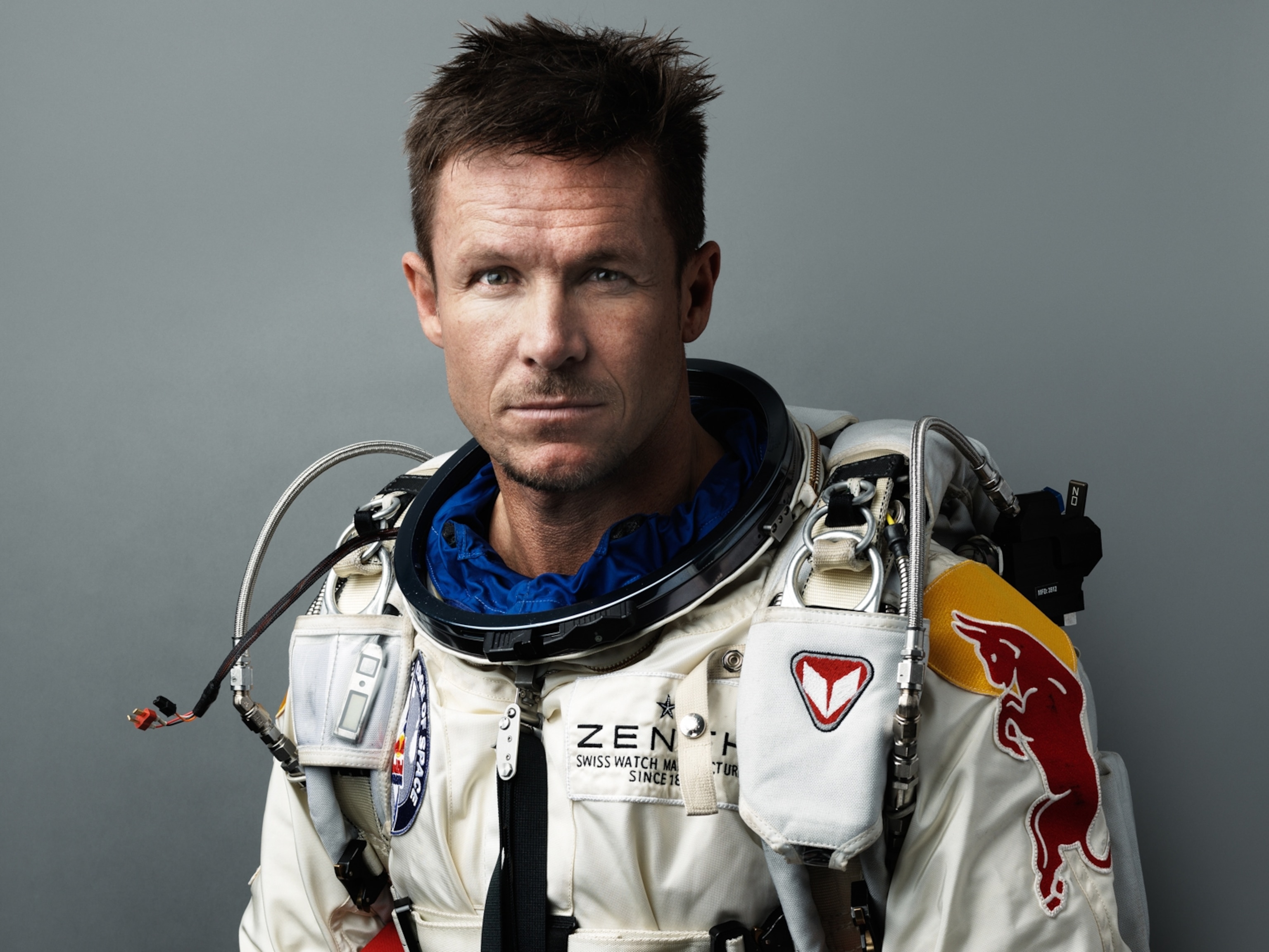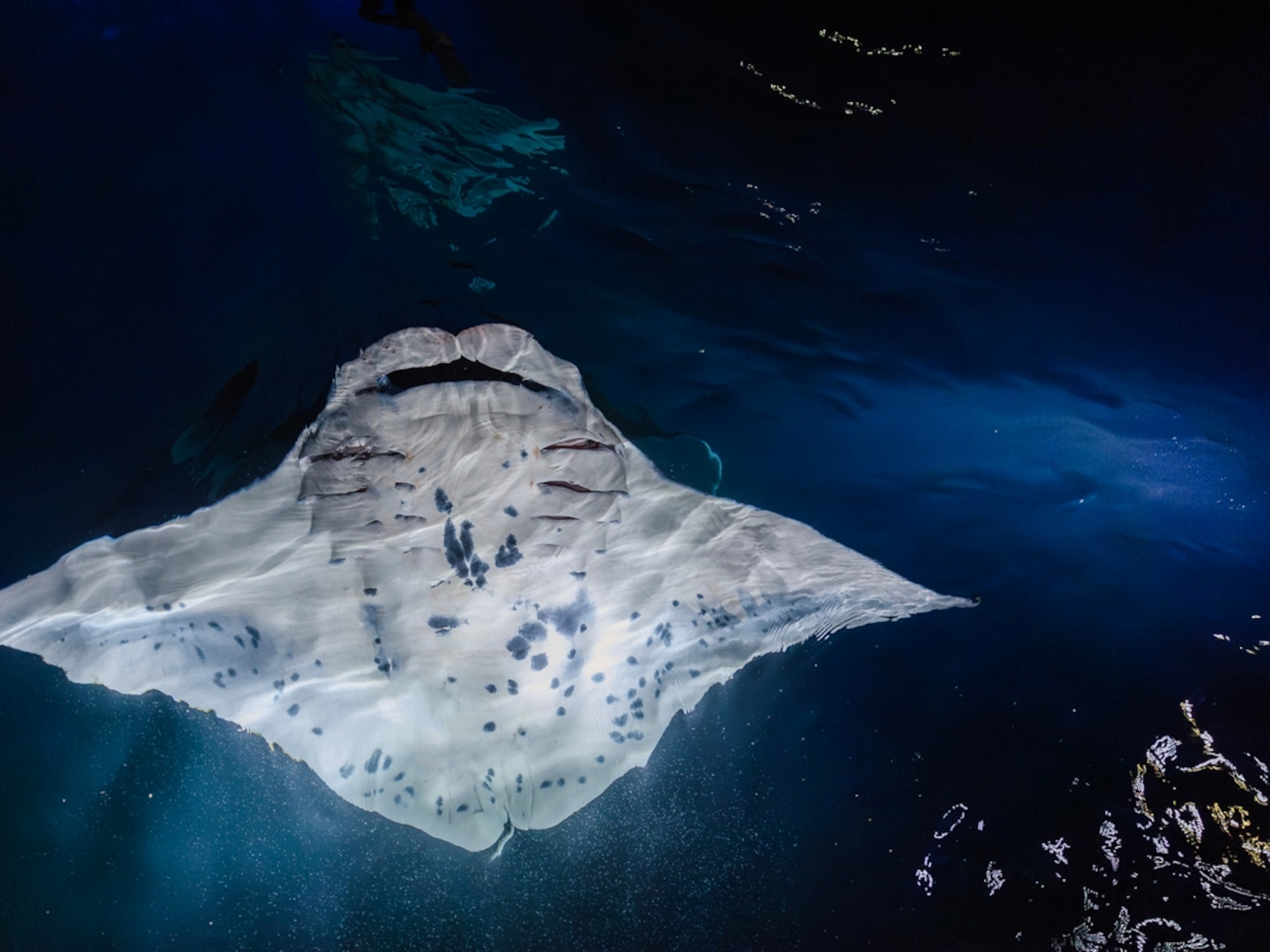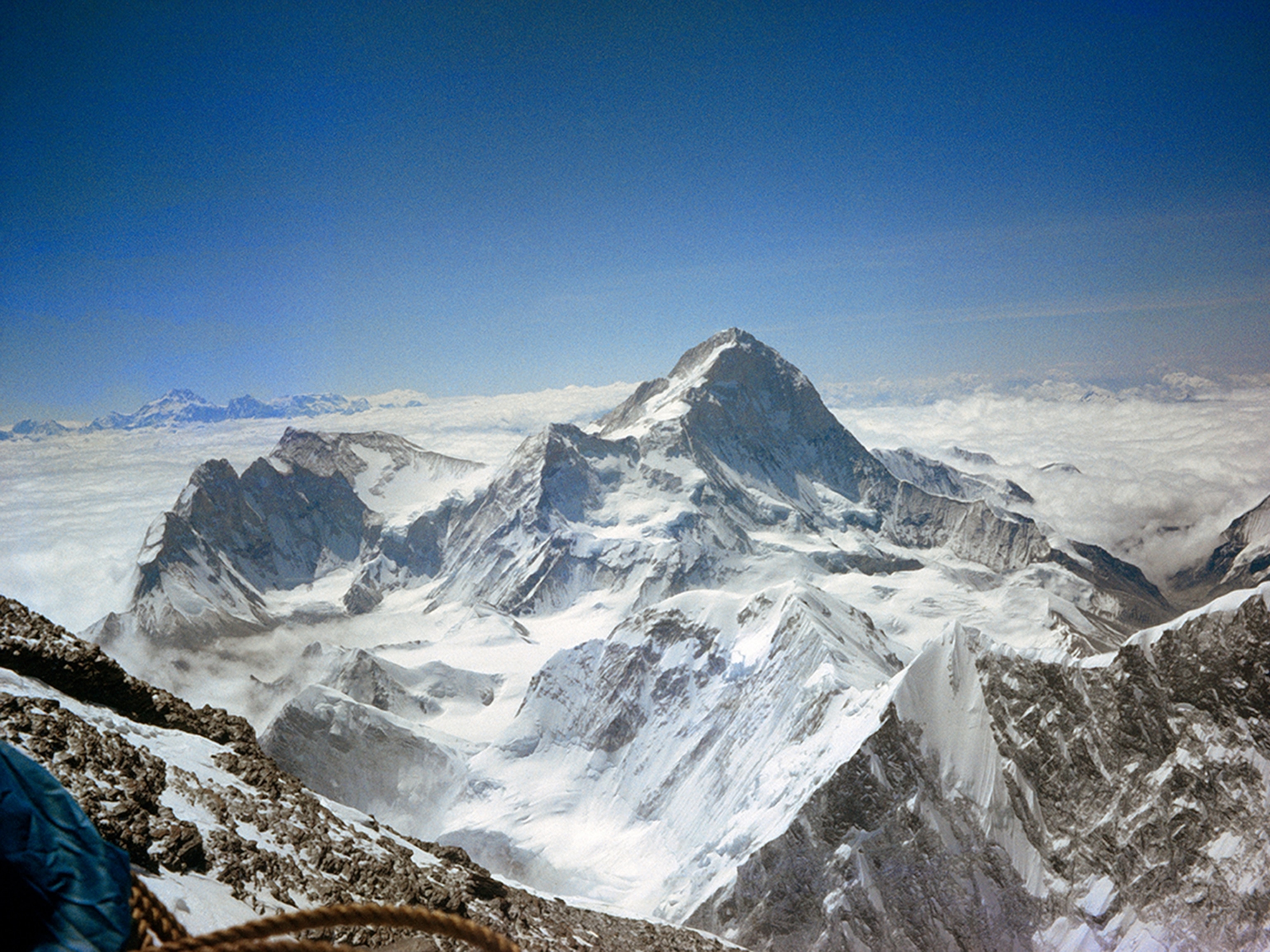Adventurers of the Year 2005
Adventurer of the Year: Ed Viesturs
Last May, a cold, remorseless wind forced Ed Viesturs and his climbing partner Veikka Gustafsson to hunker down for three days and three nights on Annapurna, the deadliest of Nepal's Himalayan peaks. Camp was at 22,500 feet (6,858 meters), an altitude at which small things, such as putting on your boots, become impossibly difficult. Viesturs may have spent more time in this bleak region—which climbers call "the death zone"—than anyone on Earth.
In their two-man tent, Viesturs hoped the storm would break and tried not to consider what was at stake. For the past 16 years, the Seattle-based alpinist had been on an arduous quest to climb all 14 of the world's peaks over 8,000 meters (26,250 feet) and to do it without supplemental oxygen. The 26,545-foot (8,091-meter) Annapurna was his final peak, one that he'd attempted unsuccessfully twice before, and his chances did not look good. "The conditions," Viesturs says, "were suicidal. And we were running out of time."
Viesturs, 46, is a married man and the father of three young children. Sitting pinned in his tent, listening to 180-mile-an-hour (290-kilometer-an-hour) gusts, he could have been forgiven for thinking, Enough, already, or, more likely, for throwing caution to the cold, mountain wind and going for the summit no matter what. But Viesturs has learned the price of imprudence on big mountains: In 1992 he and good friend Scott Fisher were almost killed in an avalanche on K2. Four years later he found himself on Mount Everest when eight climbers died as they tried to outrun a swift storm. One of them was Fisher.
Those experiences, along with many others, fostered a caution renowned in mountaineering circles. In 1987 he backed off Everest 300 feet (91 meters) below the summit because the conditions were not right. Still, it was that caution that allowed him to pick off mountains with such great success. By the end of 2004, he'd climbed 13 of his 14 big peaks, including Mount Everest six times. Now all that stood between him and his life's goal was 4,000 vertical feet (1,219 meters), and a confounding wind. And so, they waited.
"People have asked me if I wasn't tempted to take more chances going for the summit, since we were so close to the top," Viesturs says. "But I was prepared, mentally, to turn around. I could have come back again. Or, maybe, never gotten another chance. And I could have lived with that."
He wouldn't have to. On May 12, 2005, the break came. "The wind died enough that we could climb," Viesturs says. "But it was still so cold that another climber's feet began to freeze, forcing him to turn back. It took us 11 hours to make the summit and when we got there, I was clearheaded and elated, I guess. I felt like a weight had been lifted."
Staring out across the toothy Himalaya, Viesturs had become the 12th climber and the first American in history to reach the summits of all the world's 8,000-plus-meter peaks; the sixth in the world to do it without supplemental oxygen. In doing so, he joined the ranks of climbing gods, legends of the craft, such as Reinhold Messner. Almost to underscore the danger of his quest, a week after Viesturs's ascent, Italian climber Christian Kuntner was killed by falling ice on the same route Viesturs had taken up Annapurna. It would have been his 14th 8,000-meter peak, too.
And so, while the public marveled at Viesturs's stamina and physical determination (not to mention his technical skills), Viesturs himself, in his usual understated way, seems proudest of his fidelity to what he calls the "art of mountaineering."
"I still have all my fingers and toes. No lingering effects. No frostbite. No team member killed or injured." An epic and a masterpiece of adventure, then, by our Adventurer of the Year.
Read more recent interviews with Ed Viesturs on ExplorersWeb >>
- National Geographic Expeditions





